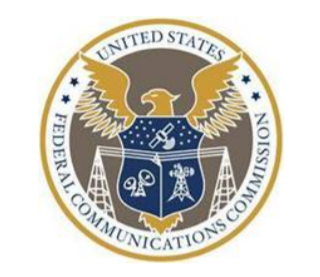The FCC decided to go ahead with its plan to auction and re-purpose part of the 2.5 GHz band. That’s a disappointment for advocacy and tribal groups that wanted portions of the Educational Broadband Service band reserved for educational and tribal use.
The Commission said too much of the mid-band spectrum has lain fallow for more than 20 years. “The Commission replaced an outdated regulatory regime, developed in the days when educational TV was the only use envisioned for this spectrum, with one that not only gives incumbent users more flexibility in how they use the spectrum, but also provides opportunities for additional entities to obtain access to unused 2.5 GHz spectrum. Among other things, the Commission established a tribal priority window to address the acute problem of lack of access to wireless communications services in rural tribal areas, and it decided to hold an overlay auction thereafter for remaining unassigned spectrum rights,” said the agency in its decision.
The National Congress of American Indians sought reconsideration of the decision to focus the tribal priority window opportunity on rural tribal land. The Schools, Health & Libraries Broadband Coalition and others, asked the agency to reinstate the eligibility restrictions it eliminated in the 2.5 GHz Report and Order and create a window for additional educational use of the band.
“Successful applicants in the tribal priority window will be able to acquire licenses for all available 2.5 GHz spectrum over their rural tribal lands—for free, which should afford sufficient bandwidth to offer broadband wireless service to these communities,” said the agency.
Only a handful of EBS licensees have deployed their own networks or use their EBS licenses in a way that requires dedicated spectrum, noted the FCC. Instead, most licensees rely on lessees to deploy and operate broadband networks using their licensed spectrum, and they use the leases as a source for revenues or devices.
In its decision, the agency said both petitions basically reiterate arguments that have already been considered and rejected. It dismissed and rejected both reconsideration requests.
FCC Commissioner Geoffrey Starks opposed the July vote to change the band. Responding to the latest news, he said, “while the [EBS] model has not been perfect, it should have been improved rather than undercut.” However, he agrees the band has been underused for too long. Given the need for mid-band spectrum for future wireless broadband use, especially in rural tribal areas, Starks agreed with the majority to make the spectrum available as soon as possible.





Reader Interactions